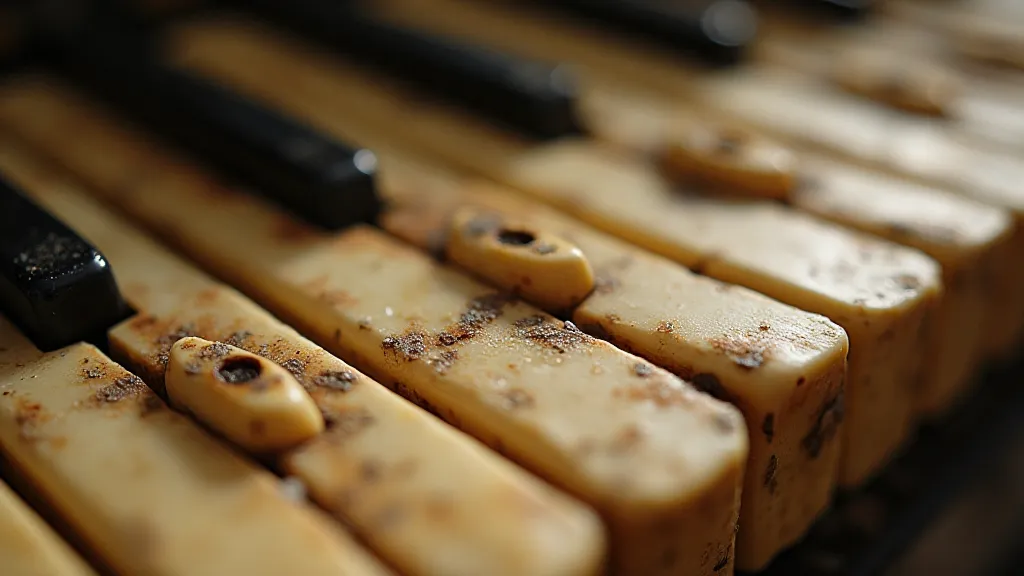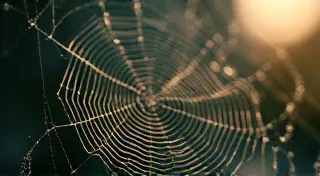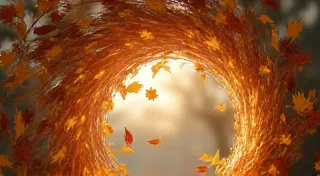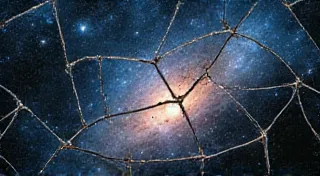The Void's Embrace: Mastering Composition in the Absence of Landmarks
There's a peculiar comfort in staring into the void. Not the nihilistic kind, but the awe-inspiring emptiness of the cosmos. When you’re photographing deep-sky objects, nebulae swirling with ionized gas, galaxies light years distant, you’re often working with this void. Unlike landscape astrophotography, where a gnarled tree, a weathered fence post, or a dramatic mountain range can anchor your composition, deep-sky photography demands a different approach. You're creating art from nothing but light and darkness, and the challenge – and the reward – lies in mastering the principles of composition in the absence of terrestrial landmarks.
My own journey into deep-sky astrophotography started unexpectedly. I'd always been drawn to the beauty of old accordions. Not just the music they produce, though that's a significant part of the appeal, but the intricate craftsmanship, the delicate engineering, the sheer ingenuity of their construction. There's a palpable history radiating from each key, each bellows fold, a silent echo of the hands that built it and the music it has played. I began restoring them, meticulously cleaning and repairing the complex mechanisms. It’s an act of preservation, a way of keeping a piece of history alive. That same dedication to preservation – to revealing the hidden beauty – translates directly to my approach to astrophotography. Deep-sky objects are often faint and subtle; it takes patience and skill to bring them out.
The Power of Negative Space
Think of a beautifully framed antique accordion. The dark wood around the intricately carved keys isn’t merely background; it’s an integral part of the presentation. It enhances the details, draws the eye, and adds depth. The cosmos, in its vastness, provides that same ‘dark wood’ – that negative space. Don’t fight it; embrace it. In landscape photography, you might use the rule of thirds to position a subject. In deep-sky photography, consider *what you’re excluding* from the frame. A small portion of the sky might contain a stunning nebula, but surrounding it with an excessive amount of empty space can actually dilute its impact. Experiment with cropping. Sometimes, a tighter composition, focusing solely on the object itself, is far more compelling than a wider view.
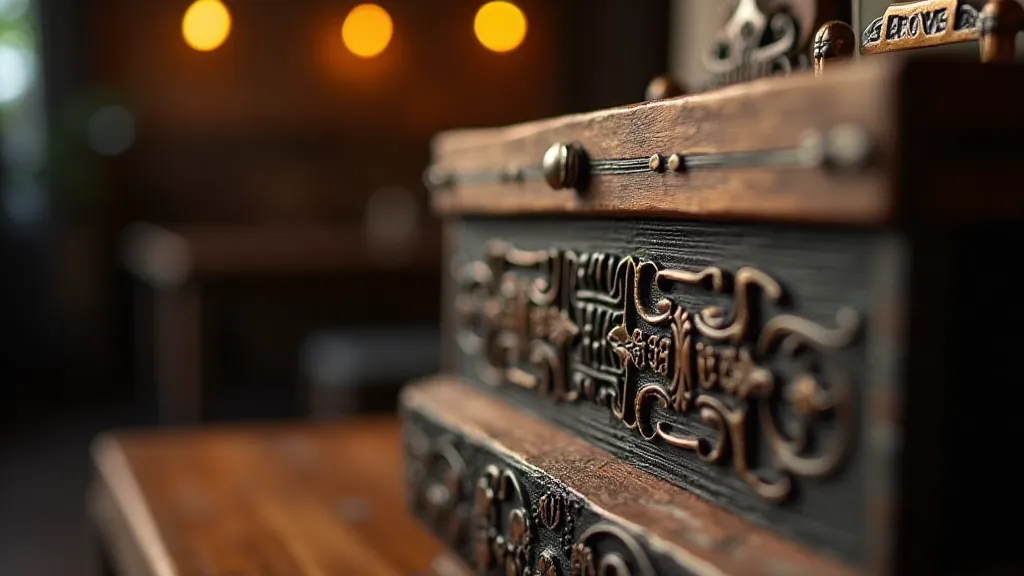
Finding Your Focal Point: The Subtle Dance of Guiding
Guiding, the process of precisely tracking celestial objects as they move across the sky, is absolutely crucial for deep-sky astrophotography. But it’s more than just a technical necessity; it’s a foundational element of your composition. The steadier the tracking, the cleaner your image, and the more effectively you can highlight the subtle nuances of the object. Imperfect guiding introduces trailing, which blurs the details and destroys any sense of harmony. Think of it like this: a master accordionist doesn’t just press the keys; they *feel* the music, anticipate the changes in tempo, and adjust their playing accordingly. Similarly, you need to develop a sensitivity to your guiding system, to understand its limitations and to correct for any deviations.
A common mistake for beginners is to over-correct. Small errors in guiding are inevitable. Trying to eliminate every single wobble can actually make the problem worse, as the corrections themselves introduce artificial “pulsing” in the image. A subtle, almost imperceptible, degree of wiggle is often preferable to aggressive corrections. Mastering this delicate balance contributes significantly to the artistic quality of your final image.
Layering and Depth: Revealing Hidden Structures
While deep-sky objects lack terrestrial foreground elements, they often possess internal complexity. Nebulae, for example, aren't uniform blobs of light; they consist of varying densities of gas and dust, creating intricate patterns and structures. Galaxies exhibit spiral arms, dust lanes, and bright core regions. It’s your job, as the photographer, to reveal these hidden depths. This isn’t just about capturing light; it’s about manipulating it, enhancing it, and presenting it in a way that resonates with the viewer.
Stacking multiple exposures is a cornerstone technique. Each exposure captures slightly different information, and by combining them, you can reduce noise and bring out faint details that would otherwise be invisible. Think of a skilled accordion repairer; they don't just replace broken parts; they meticulously clean and polish every component, revealing the original beauty and functionality. Similarly, stacking exposes the intricate details of the cosmos. Furthermore, carefully choosing your processing techniques – adjusting contrast, curves, and color balance – can further enhance the sense of depth and complexity.
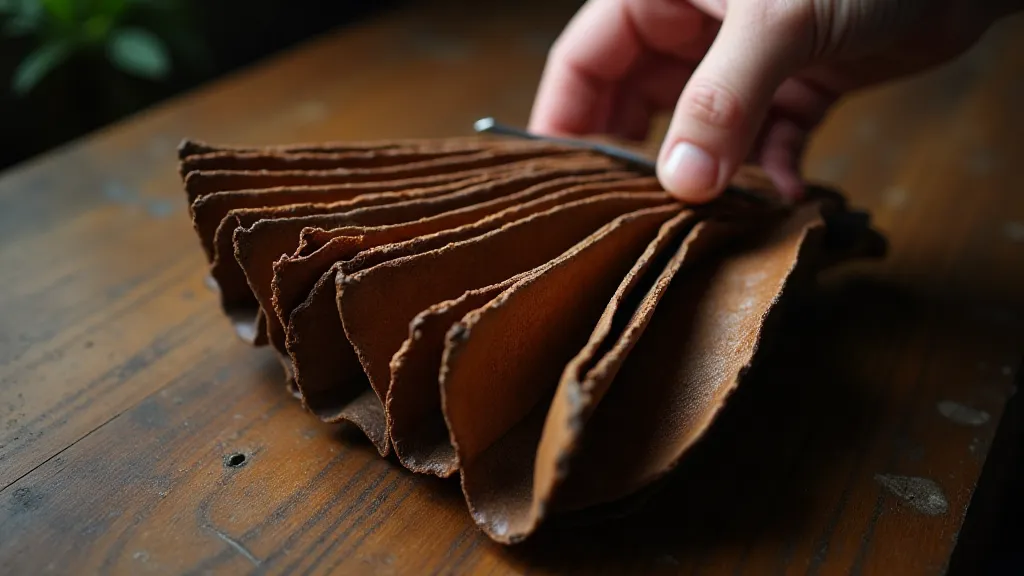
Color and Contrast: Orchestrating the Visual Experience
Color in deep-sky objects isn't always immediately apparent. Many nebulae emit light at wavelengths that are invisible to the human eye. It's through the use of filters and specialized imaging techniques that we can reveal these hidden colors. Furthermore, even when colors are visible, they are often subtle and muted. It's your responsibility to bring them to life, to present them in a way that is both accurate and aesthetically pleasing.
Too much saturation can make an image look artificial and garish. Too little saturation can make it appear dull and lifeless. It’s a delicate balancing act, requiring a keen eye and a deep understanding of color theory. Consider the color of an antique accordion’s keys - the subtle yellows and browns of aged ivory. Capturing that nuance demands patience and attention to detail. Similarly, in astrophotography, careful adjustment of color balance can transform a monochrome image into a vibrant and captivating work of art.
The Collector's Eye: Appreciating the Imperfections
Just as a collector appreciates the unique characteristics of an antique accordion – the slight imperfections in the finish, the minor repairs that speak to its history – so too should you embrace the imperfections in your astrophotography. A slight irregularity in the tracking, a subtle graininess in the image – these aren't necessarily flaws; they’re evidence of the process, reminders of the challenges overcome. It's about seeing the beauty in the struggle, the artistry in the imperfections.
The most rewarding aspect of astrophotography, like the meticulous restoration of a beloved accordion, isn’s just the final product; it’s the journey itself – the countless hours spent learning, experimenting, and refining your skills. The void’s embrace isn’t emptiness; it's an invitation to create, to discover, and to reveal the hidden wonders of the universe.
